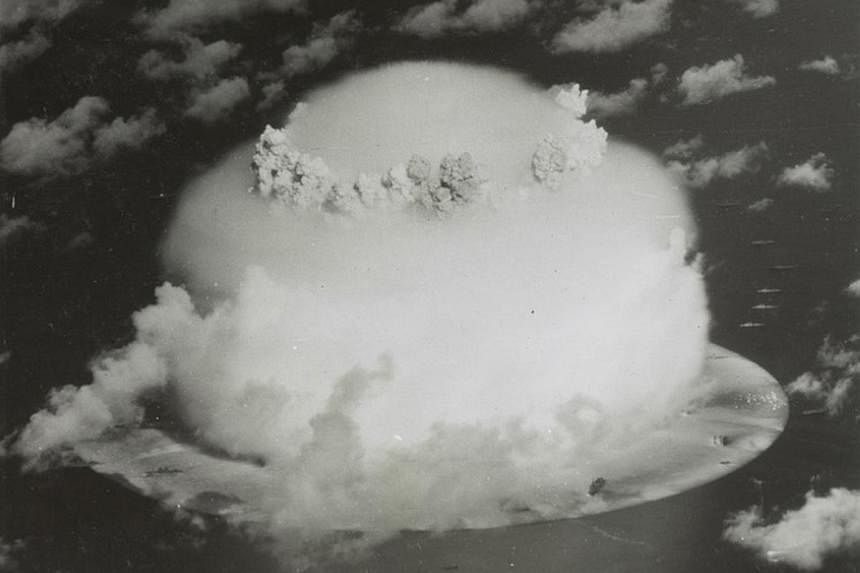WASHINGTON - The U.S. energy secretary should build trust with the Republic of the Marshall Islands by developing a plan to communicate clearly over lingering threats from a radioactive waste dump left by U.S. nuclear weapons testing that is now seen at risk of floods from climate change, a U.S. agency said on Wednesday.
The U.S. conducted 67 nuclear bomb tests on the Marshall Islands from 1946 to 1958. In the late 1970s it deposited radioactive soil and debris from six of the islands into an unlined crater created by one of the tests. The site, called the Runit Dome, was covered with a concrete cap but is now at risk of leaks from flooding due to rising seas caused by climate change, Marshallese officials have said.
The Government Accountability Office, the investigative arm of the U.S. Congress, said in a report that the energy secretary "should develop and document a strategy for communications on radioactive contamination that is sustained, understandable, transparent, engages the RMI government, and builds on lessons learned."
The Department of Energy, which in the report concurred with the recommendation, did not immediately respond to a request for comment. The DOE is required by a 2011 law to conduct visual studies of the dome and analyses of the groundwater surrounding it.
The GAO report said rising sea levels could push up groundwater levels under the dome, "potentially creating a pathway for leaking radiation."
The DOE and the RMI disagree on the radiological dangers posed by the dome, it said.
The Marshall Islands embassy in Washington did not immediately respond to a request for comment.
The report, requested by Senator Tom Carper, a Democrat, also contains information about radioactive contamination in southern Spain after two U.S. defense aircraft carrying four thermonuclear bombs collided in midair in 1966, dispersing debris over a wide area. It also examines radioactive contamination in Greenland resulting from U.S. Cold War activities. REUTERS

